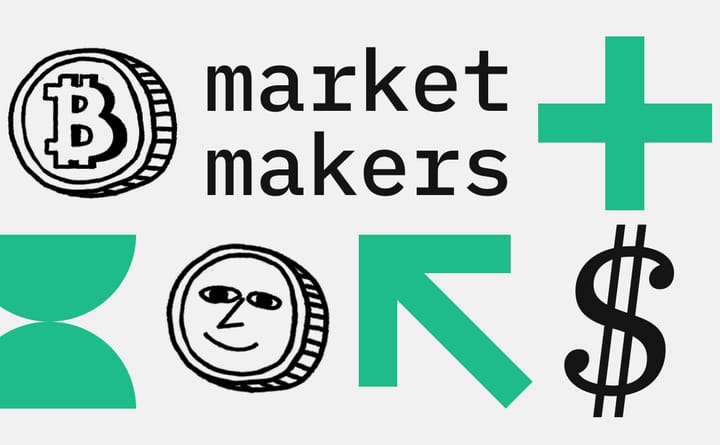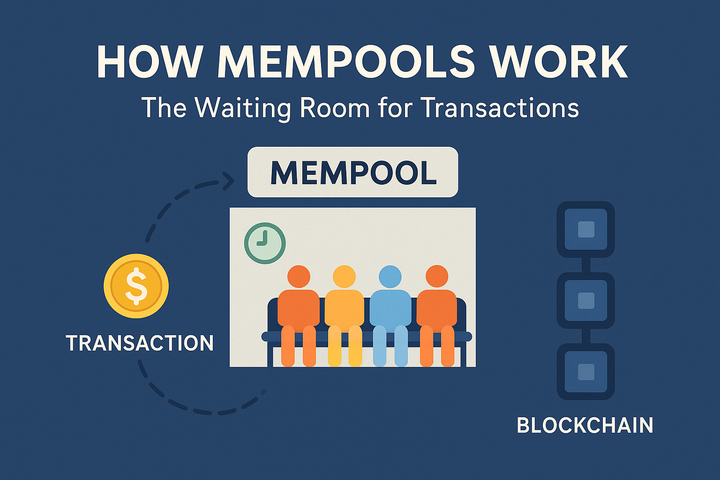Building a Modular DeFi Future: What Comes After Monolithic Chains

INTRODUCTION
The decentralized finance (DeFi) ecosystem has evolved rapidly, but the blockchain landscape faces significant challenges that could limit future growth. One of the most critical barriers is the monolithic blockchain model, where a single blockchain handles all aspects of the network. While monolithic chains have been the backbone of DeFi, they also present scalability, user experience (UX), and composability challenges. Enter the modular blockchain architecture, a revolutionary approach to blockchain design that could shape the future of DeFi.
The Rise (and Limits) of Monolithic Chains
Monolithic blockchains, such as Ethereum and Bitcoin, have served as the foundation for most of DeFi’s success. These chains handle consensus, execution, data availability, and other critical components all within a single protocol. However, as DeFi applications grew more complex, monolithic chains began to show their limitations:
- Scalability: The demand for higher transaction throughput often leads to congestion, higher fees, and slower transaction speeds.
- User Experience (UX): With all tasks handled by a single chain, interactions can become cumbersome, leading to suboptimal user experiences.
- Composability: DeFi applications often struggle to interact seamlessly across different protocols, as they are limited by the architecture of a single blockchain.
Despite these challenges, many believe that the future of blockchain technology lies in modular systems, which separate these concerns into specialized layers that can evolve independently.
Learn more about Mitosis, which offers solutions to these issues through modular blockchain design.
What is Modular Architecture in Web3?
Modular blockchain architecture takes the idea of specialization to a whole new level. Instead of having one monolithic chain handling all aspects of a network, modular systems break down the blockchain stack into separate, specialized layers. These layers typically include:
- Execution Layer: This layer handles transaction execution and contract processing.
- Settlement Layer: Where transactions are finalized and recorded.
- Data Availability (DA) Layer: Ensures that data is accessible to all participants.
- Consensus Layer: Manages how the network agrees on the state of the system.
This modular approach enables flexibility in how blockchains can evolve. Rather than all functions being tied to a single protocol, each layer can be optimized for specific use cases, increasing overall efficiency.
Mitosis Protocol showcases how modular design allows blockchains to evolve more efficiently and independently, driving the future of DeFi.
Why Modular Matters for DeFi
The shift to modularity offers several compelling benefits for the DeFi ecosystem:
- Scalability: By separating functions into specialized layers, modular systems can scale more effectively, as each layer can be optimized and scaled independently.
- Developer Efficiency: Developers can focus on building on specific layers, enhancing the overall speed and quality of innovation in DeFi.
- Ecosystem Interoperability: Modular blockchains allow for better interaction between different ecosystems, enabling cross-chain communication and liquidity sharing.
In a modular world, DeFi applications are no longer constrained by the limitations of monolithic chains, which means they can perform faster, more efficiently, and with lower fees.
Explore more about Mitosis's modular solutions to see how this is transforming DeFi.
Liquidity’s Growing Problem in a Modular World
As the DeFi space continues to modularize, one of the most pressing challenges is liquidity fragmentation. Different blockchains often have their liquidity pools, creating silos that make it difficult for DeFi applications to access a diverse range of assets. As a result, liquidity can become fragmented across multiple chains, leading to inefficiencies and higher slippage.
This liquidity fragmentation is a significant hurdle for decentralized applications that need to interact with various chains in real-time. Without proper liquidity routing, users face higher costs, longer waiting times, and a fragmented experience.
Mitosis's liquidity routing technology solves this challenge by offering an efficient method for routing liquidity between multiple blockchains without relying on traditional bridges.
How Mitosis Powers Modular DeFi
Mitosis is an innovative protocol that embodies the principles of modular architecture while addressing the unique challenges that come with liquidity fragmentation. Here’s how it works:
- Liquidity Routing: Mitosis’s liquidity routing technology allows for efficient and seamless transfer of liquidity between different blockchains. This eliminates the need for traditional bridges, reducing the risk of fragmentation and inefficiency.
- Chain Abstraction: By abstracting the complexities of different blockchains, Mitosis enables DeFi applications to operate smoothly across various ecosystems without worrying about underlying chain differences.
- Universal Pool: Mitosis offers a universal liquidity pool that aggregates liquidity from multiple chains, providing a unified, seamless experience for users and developers.
With these features, Mitosis helps to power a truly modular DeFi ecosystem where liquidity is accessible and usable across multiple blockchain environments.
Dive deeper into Mitosis's features to understand how they are changing the way liquidity works in DeFi.
Conclusion: A Future Built on Collaboration, Not Isolation
The future of DeFi lies in the hands of modular architectures that allow ecosystems to work together, rather than operate in isolation. As blockchains become more specialized, the need for interoperability, liquidity routing, and seamless user experiences will grow. Modular architectures, like the one Mitosis enables, provide a pathway for these challenges to be solved, paving the way for a truly interconnected DeFi future.
To learn more about how Mitosis is leading the charge in modular DeFi, dive deeper into the resources available at Mitosis University and start exploring the possibilities of modular DeFi today.
🔗 References:
- Modular vs. Monolithic Blockchains: A Comparison – A breakdown of modular blockchain architectures and their evolution.
- What’s Next for DeFi: Modular Blockchain Solutions – An exploration of the future of DeFi and modular blockchains.
- Liquidity in DeFi: The Challenges of Fragmentation – A deep dive into liquidity fragmentation in decentralized finance.
- Mitosis: How We’re Solving Liquidity Routing – Mitosis’s approach to solving liquidity fragmentation across ecosystems.



Comments ()